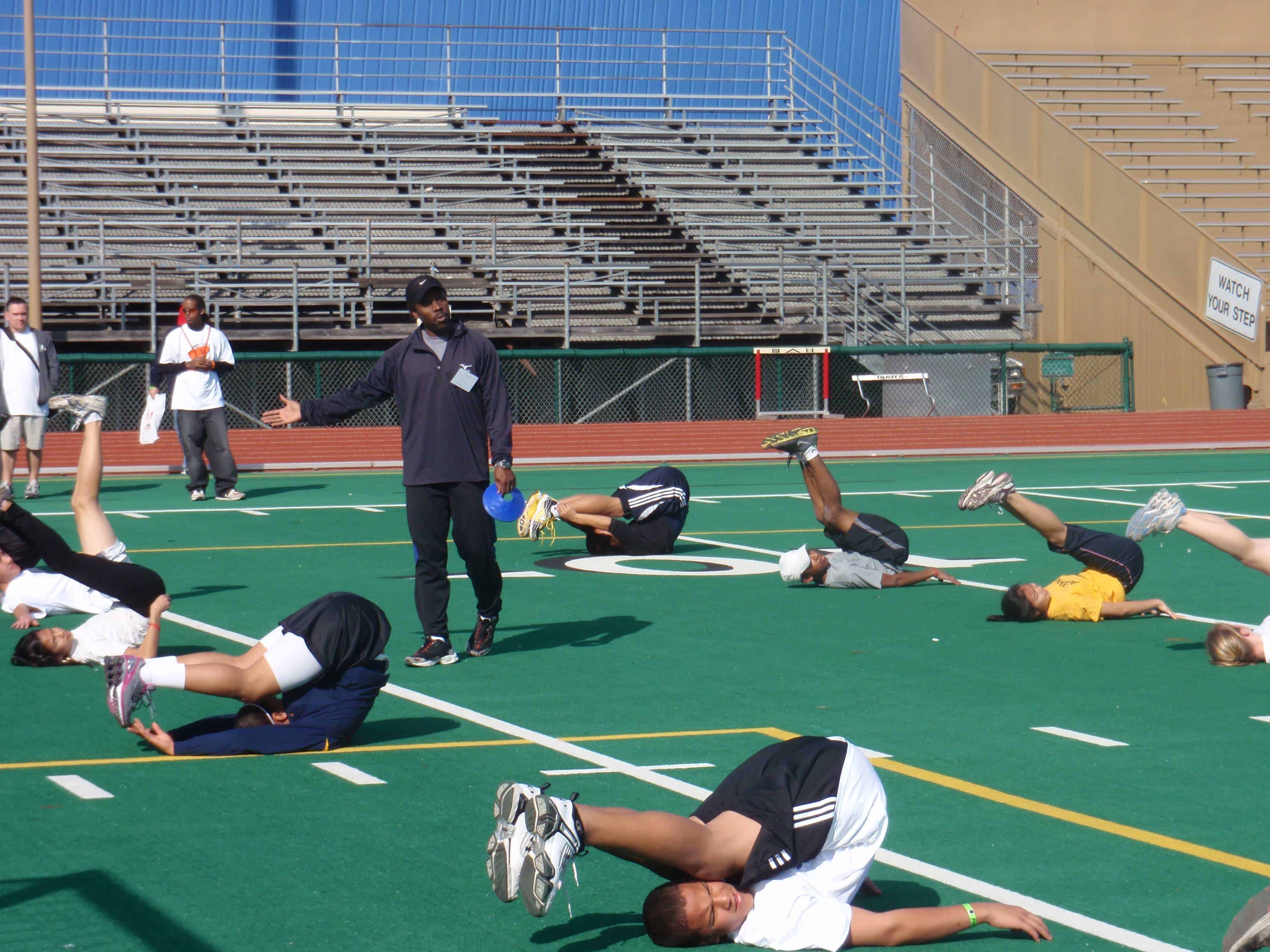When to stretch still seems to be a common question from athletes and parents. At Gamespeed we start with a dynamic warmup using semi -ballistic full range movements to prepare the body for intense activity. Static stretching is done during the workout as needed but generally reserved for post workout cool down.
Some recent findings done by Duane Knusdon a professor for Human Performance at Texas State validates our process. He doesn’t speak of “in workout” static stretching but does advise the post workout aspect. Based on his research he sets some helpful stretching recommendations that I think are solid guidelines. Most of you who know me, know I don’t deal in absolutes there’s always more than one road to doing things but it gives a great start:
- Frequency: Static stretch should be performed a minimum three times per week. Preferably daily after vigorous activity. On off days I like to see either an early morning or bed time stretch session.
-
Intensity: The appropriate intensity is to slowly stretch and hold the elongated muscle groups at low force levels. In other words don’t move into the stretch too fast and don’t pull too hard. A nice slow smooth tension should be applied.
-
Time: Stretch during the cool down phase. Perform up to 4-5 stretches , held from 20-30 seconds. I tend to suggest up to 45- 60 seconds. You want the initial tension of the muscle to release then slowly increase the range of the stretch and hold gently.
-
Type: Static or proprioceptive nuero-muscular facilitation (partner stretching) are the most effective forms.
He emphasizes there is a “long term” benefit to a static stretching program. The cumulative effect of training, genetics, and repetitive sport movements all affect flexibility and result in less than normal range of motion and thus less than optimal performance. His subjects saw improved strength gains with post workout static stretching. The positives definitley out weight the negatives. So take a few minutes after your hard workout to get even more out of it.


